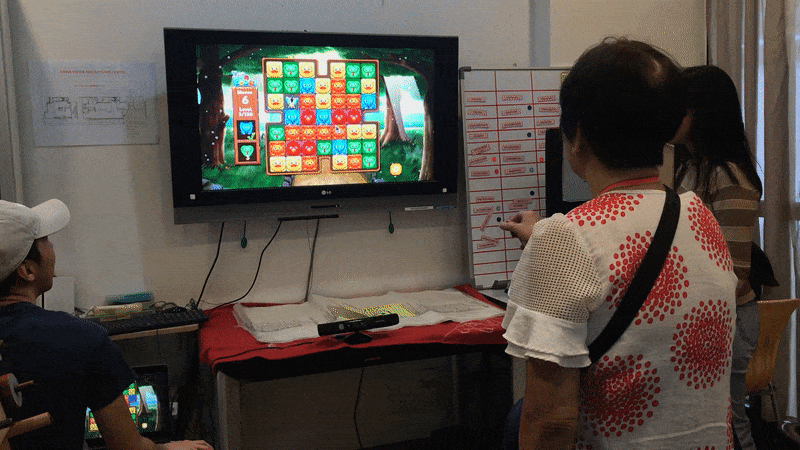Perry
Perry is a rehabilitation system helping stroke and Parkinson’s patients regain the use of shoulder reach and finger pinch abilities. Featuring a wireless ‘pinch’ controller that moves a cursor to play a list of curated games, Perry challenges cognitive abilities, ensuring patient engagement throughout rehab.
Client
AWWA
Created
2019
Role
Designer,
Software Engineer


The Problem
Health complications such as stroke, Parkinson's and Alzheimers results in many patients to lose muscle strength and coordination in their fingers and shoulders.
While undergoing rehabilitation, many patients lose motivation and compromise on the rehabilitation exercise over time.



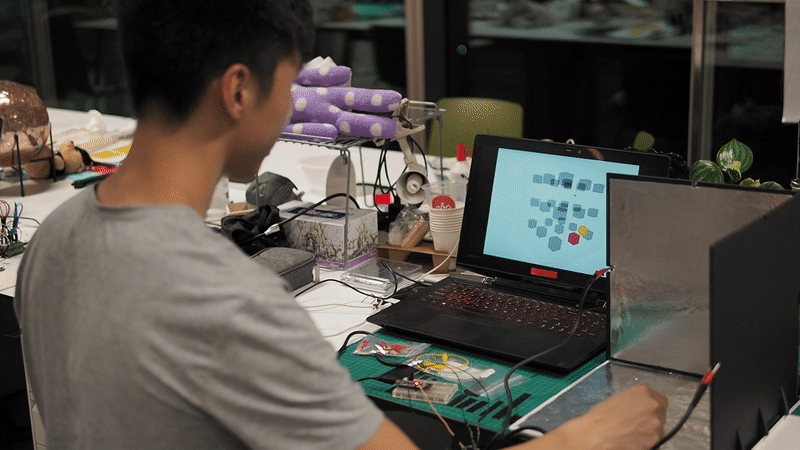


Prototyping
To effectively address the problem, we iterated through many different ways of tracking the main motions of the rehabilitation exercise - pinching and shoulder reach - such as graphite circuit, capacitive plates sensing, depth sensing and color tracking.
Eventually, we settled on using the Kinect as our main sensor as it has an accurate tracking and is able to collect meaningful data for an effective and targeted rehab session.
Introducing Perry

An integrated rehabilitation system that holistically engages patients, and empowers therapists in the rehab setting. Simply put, Perry is like using a mouse in the air! Utilizing a Bluetooth connection, it translates a simple pinch to a click on the screen, and using infrared tracking, a reaching motion as the movement of the mouse. All these come together to enable Perry to be used on various mouse-based games, effectively engaging patients during rehabilitation.
Game Curation
At the startup menu, patients will be able to select the difficulty level of the rehabilitation that best suit their needs.
Patients will then select from a list of curated games to begin the rehabilitation session.
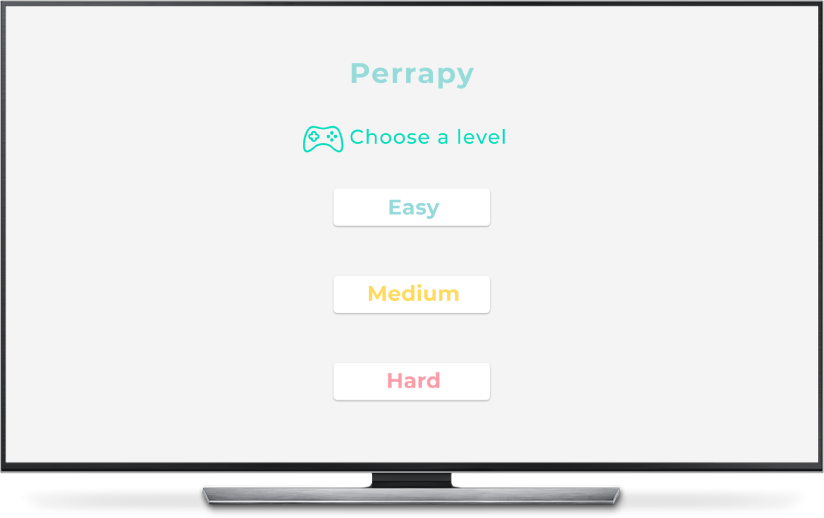

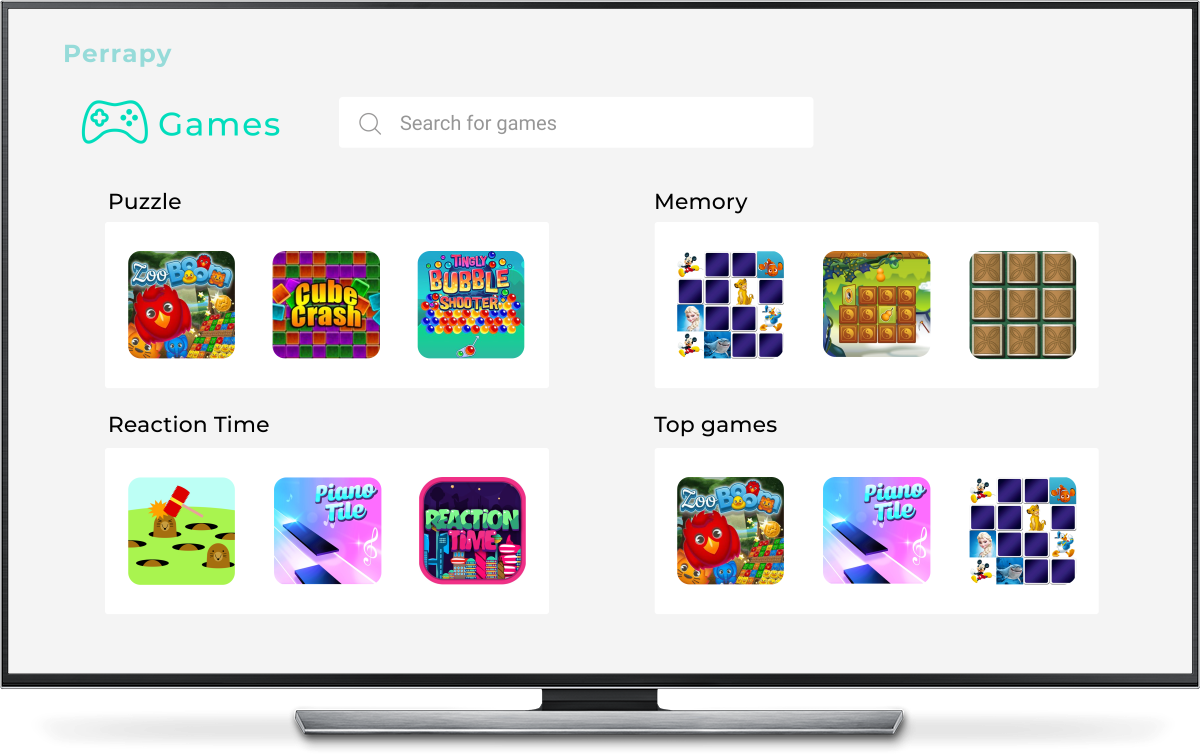

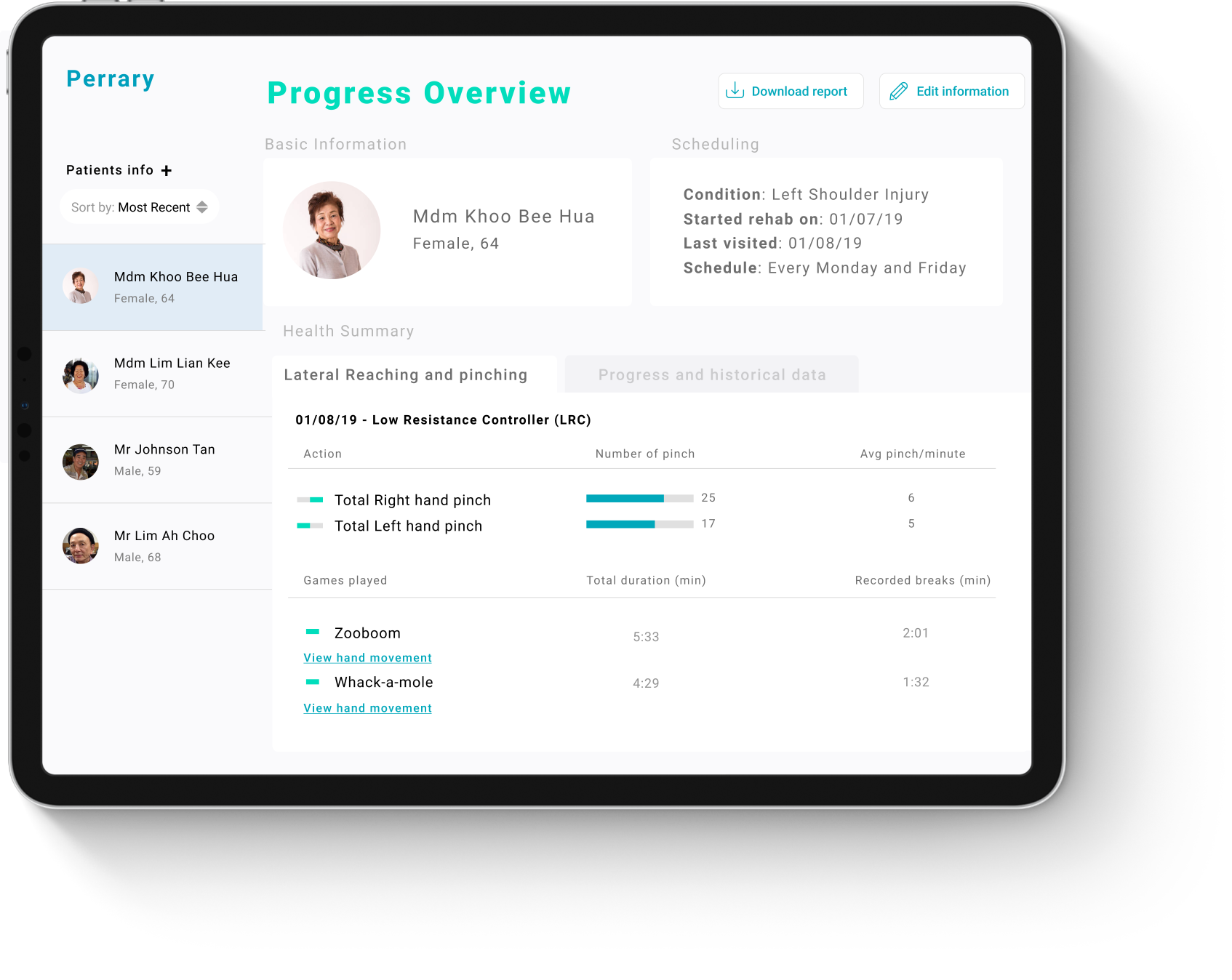

Progress Report
Data collected at the end of each rehabilitation session will be visualised on the therapist's dashboard. On the dashboard, therapists can track the number of repetitions performed, duration of breaks taken and the patient's range of motion.
With these information, the therapists can better track the progress of each patient and tailor the rehabilitation exercises to their specific needs.
User Testing
